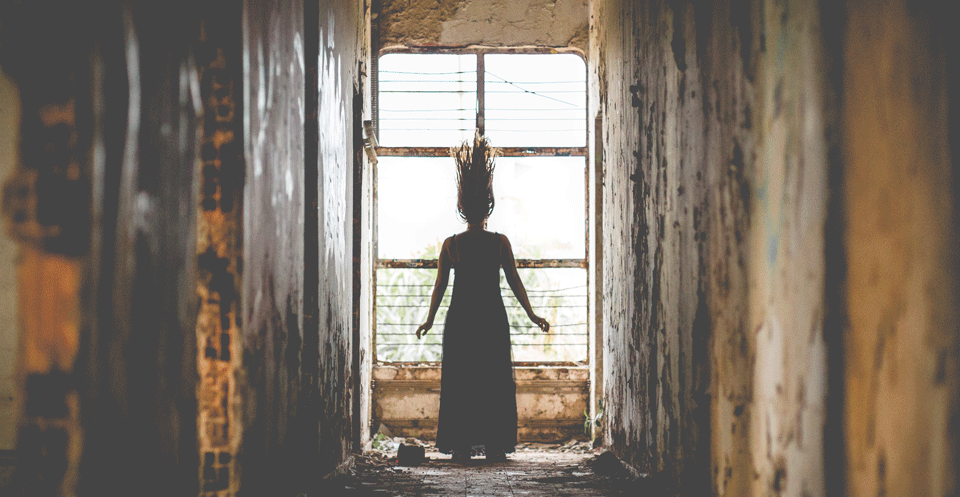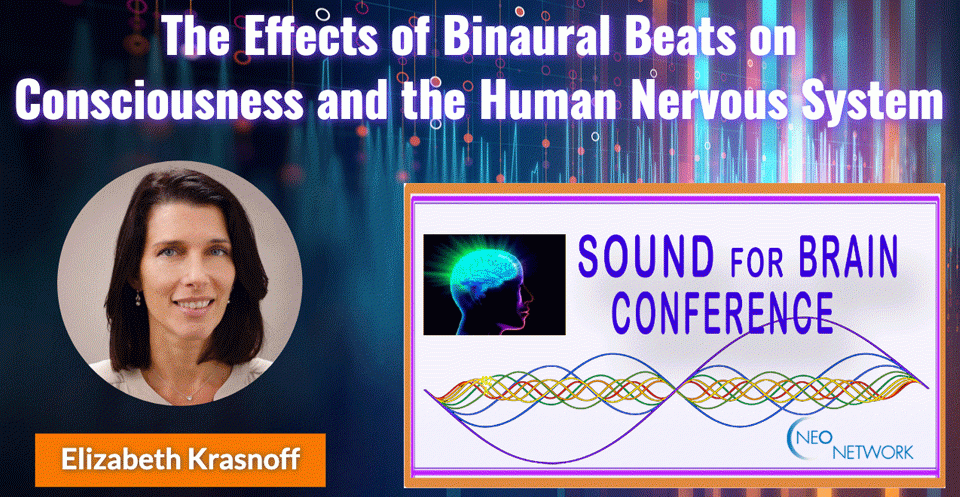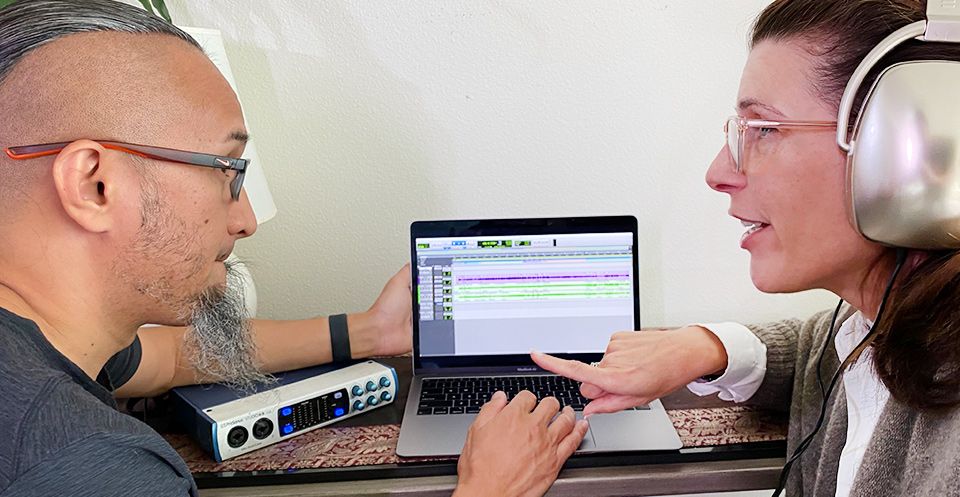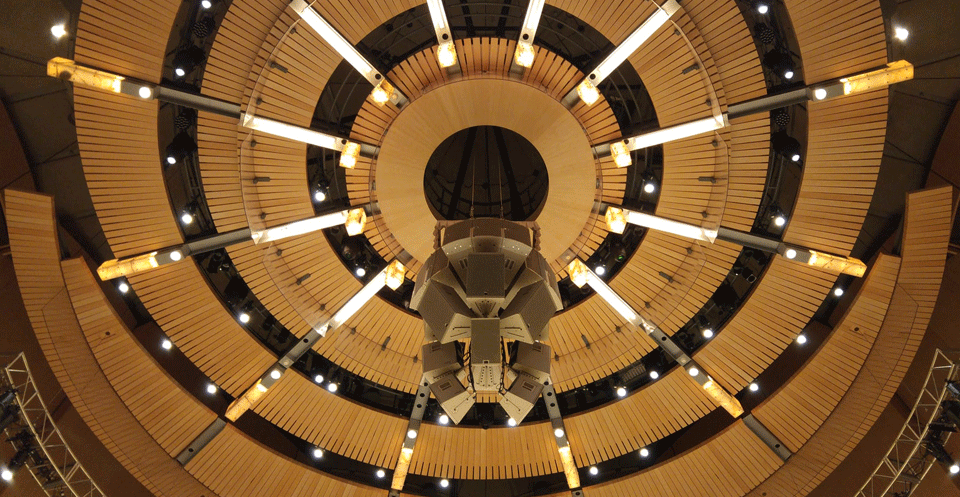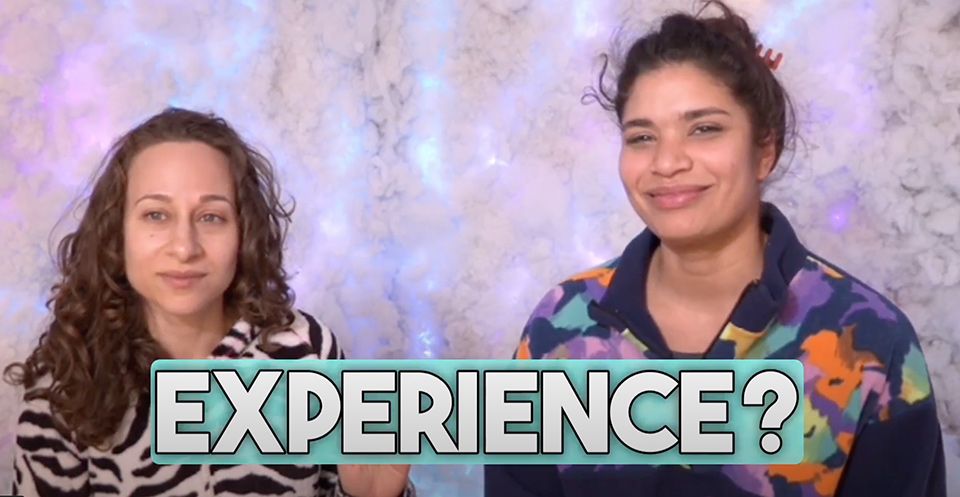Play Therapy For Hearing-Impaired Children

Hearing-impaired children are more likely to experience loneliness and social isolation than their hearing peers. Each day, the child faces societal obstacles that require them to make their way through environmental and communication issues. Hearing is necessary for relating to others, sharing ideas, and participating in activities. The hearing-impaired child may have difficulty speaking and developing a vocabulary.
While a hearing aid may be necessary, wearing a visible hearing aid may cause the hearing-impaired child to feel social stigma from their peers. Wearing a hearing aid is not much different than wearing eyeglasses, since both signal that the individual has a physical weakness. Yet wearing a hearing aid can invite social stigma and bullying, while glasses are merely seen as a fashion item. Living with stigma is a social process that some hearing-impaired children must face. As the child grows up surrounded by hearing persons, they may feel difficulty expressing their thoughts, feelings, and emotions.
Child-centered play therapy that includes American Sign Language may provide a chance for a hearing-impaired child to explore their thoughts, feelings, and emotions in a comfortable setting. Research shows that play therapy is effective for developing social skills, even for pre-school hearing-impaired children. A study of 30 hearing-impaired boys at a pre-school showed that participating in 12 sessions of group play therapy helped them to develop better social skills. They showed better cooperation and more self-assertion and self-control after completing the program. Cooperation, self-assertion and self-control are all necessary for successful interaction with others. An opportunity to learn social skills in the company of other children who share their disability may support the hearing-impaired child in feeling socially comfortable. The social skills that hearing-impaired children develop in play therapy may serve them well as they navigate the hearing world into adulthood.
References
Movallali, G., Jalil-Abkenar, S. S., & A'shouri, M. (2015). The efficacy of group play therapy on the social skills of pre-school hearing-impaired children. Archives of Rehabilitation, 16(1), 76-85.
Patel, S. R., Bouldin, E., Tey, C. S., Govil, N., & Alfonso, K. P. (2021). Social isolation and loneliness in the hearing‐impaired pediatric population: A scoping review. The Laryngoscope, 131(8), 1869-1875.
Ray, D. C. (2019). Culturally and linguistically responsive play therapy: Adapting child-centered play therapy for deaf children. International Journal of Play Therapy, 28(2), 79.
Strange, A., Johnson, A., Ryan, B. J., & Yonovitz, A. (2008). The stigma of wearing hearing aids in an adolescent aboriginal population. Australian and New Zealand Journal of Audiology, The, 30(1), 19-37.




